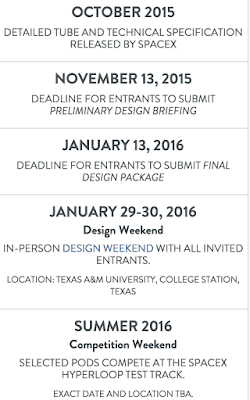ScienceRocks
Democrat all the way!
- Thread starter
- Banned
- #801
Stainless magnesium could be mass produced and it would weigh half as much as aluminum

Researchers led by a team at UNSW Australia have used the Australian Synchrotron to turn the discovery of an ultra-low density and corrosion-resistant magnesium alloy into the first step toward mass-producing ‘stainless magnesium’, a new high-strength, lightweight metal, paving the way for cars, trucks and aeroplanes that can travel further...

Researchers led by a team at UNSW Australia have used the Australian Synchrotron to turn the discovery of an ultra-low density and corrosion-resistant magnesium alloy into the first step toward mass-producing ‘stainless magnesium’, a new high-strength, lightweight metal, paving the way for cars, trucks and aeroplanes that can travel further...














